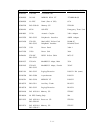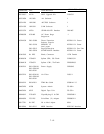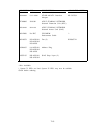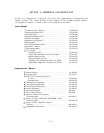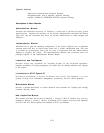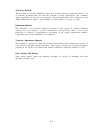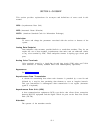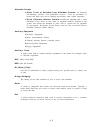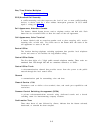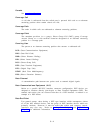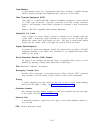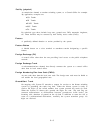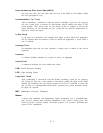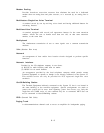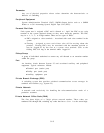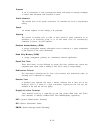Bus, Time Division Multiplex
See Time Division Multiplex Bus.
CCS (Hundred Call Seconds)
A traffic-measuring unit that expresses the load of one or more traffic-handling
devices. A device used for 1 hour without interruption generates 36 CCS which
equals 1 erlang (see Erlang).
Call Appearance, Attendant Console
Two buttons, labeled System Access, used to originate, receive, and hold calls. Each
button has two associated LEDs to show the status of the call appearance.
Call Appearance, Voice Terminal
A button labeled with an extension number used to place outgoing calls, receive
incoming calls, or hold calls.
Two LEDs next to the button show the status of the
call appearance or status of the call.
Central Office
The location housing telephone switching equipment that provides local telephone
service and access to toll facilities for long-distance calling.
Central Office Codes
The first three digits of a 7-digit public network telephone number. These codes are
numbered from 200 through 999 and are sometimes referred to as NNXs.
Central Office Trunk
A telecommunications channel that provides access from the system to the public
network through the local central office.
Channel
A communications path for transmitting voice and data.
Class of Service (COS)
Parameters used to define voice terminal, data, and trunk port capabilities and
restrictions.
Common Control Switching Arrangement (CCSA)
A private telecommunications network using
dedicated trunks and a shared
switching center for interconnecting company locations.
Confirmation Tone
Three short bursts of tone followed by silence; indicates that the feature activated,
deactivated, or canceled has been accepted.
9-3



